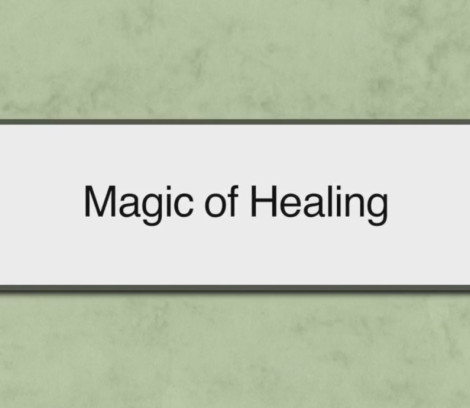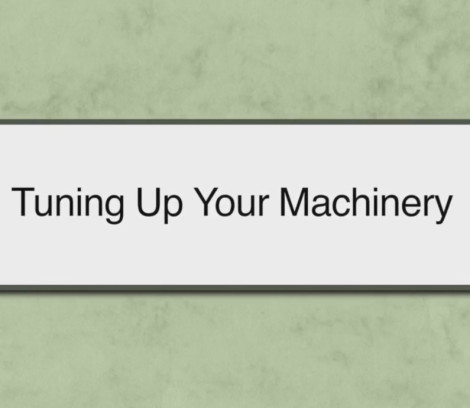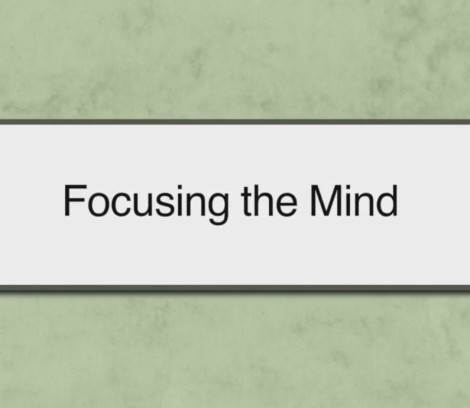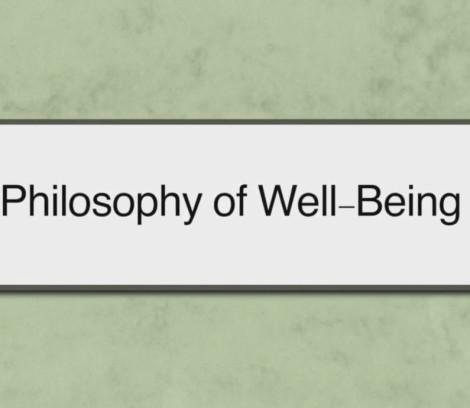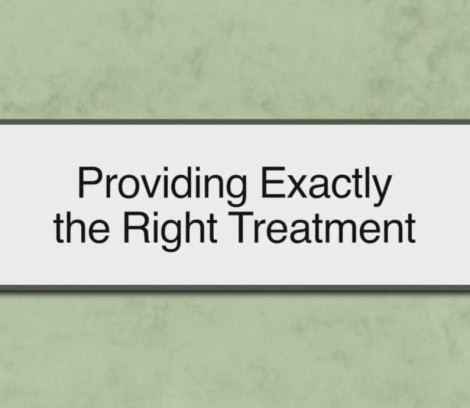#2 Effective Doctor Behavior
Well, this lesson is about what we actually do in our office. It’s about treatment. Earlier, we’ve talked a lot about philosophy and we talked about what behaviors are expected from patients. If you’ve had the opportunity to view our earlier videos, you already know some of this, so we are going to focus on what’s most important and try to make it as straightforward and meaningful to you as possible.
To tell this lesson, we have to go back to the beginning our practice, some 40 years ago. Back then, in 1975, we practiced exclusively as specialists, helping patients with their gums. Our type of practice was known as conservative periodontics and nearly all of our patients were referred to us by other dentists.
Read More ...Well, as years went by, more and more patients were coming into our practice directly, either by word of mouth, or as friends or family members our other patients. We found that we no longer had an exclusive practice. Most of these patients were coming to us for their primary dental care. And there were a lot of them. Today, we take care of more patients in this primary capacity than we do as periodontal referrals from other dentists.
These are special patients who come to us, because they already know. They know and want the most thorough maintenance that they can find. You see, the ideas and methods of conservative periodontics are the exact same ideas and methods for the best possible preventive care, preventing cavities, gum disease, tooth loss, and costly dental repairs. These are happy patients.
So, for this lesson, we will take some of those old-school conservative periodontics ideas and methods, especially as taught by the late, great Professor Sigurd Ramfjord, of University of Michigan. You will see how we effectively modified them for the highest level of contemporary dental care.
The Scientific Foundation for our Practice: Professor Sigurd Ramfjord (1911-1997)
Teacher, Dentist, Scientist, Author “Michigan Concept” In general terms we are philosophically committed to a search for methods of prevention and treatment in which maximum benefits may be gained by minimum patient discomfort as well as expenditure of time and money.
We follow this philosophy. Maximum benefits with minimal discomfort, time, and cost for patients. This is a matter of attitude, the proper doctor-patient relationship. Not a business deal, or sales pitch, using your position to sell dental treatment to patients. Really predates Hippocratic Oath. Goes back at least to Golden Rule from Confucius 3000 B.C.E.
This issue of human behavior, how individuals behave toward one another, is not only fundamental to the doctor/patient relationship, but is essential to our very civilization itself. If we do not pay enough attention to civilized behavior, human beings will revert back to toward primitive behaviors.
“Our search is for simple procedures and for minimal removal of the patient’s hard and soft tissues, as well as minimal insertion of prosthetic appliances.” (Simple is good =we found a defined therapeutic end-point, repeatable, cost-effective. Focus on a clean, smooth tooth surface. Means no decay. Means no gum disease. Minimal means conserving the natural tissues. Minimal means avoiding the artificial.)
“However, beyond all we are committed to doing everything within our power to maintain the natural dentition in health and comfortable function throughout the lifetime of the individual.” [reference #1] (The perfect or ideal outcome, what the entire goal of the practitioner and for every patient is all about. To maintain the natural dentition in health and comfortable function throughout the lifetime of the individual.)
“The aim of periodontal therapy is to make the tooth biologically acceptable to the surrounding periodontal tissues.” (Well, look at that!!!!!!!!!!!!! Make the tooth acceptable. Focus on the tooth. Leave the gums alone.)
“Since there is no one-time cure for most periodontal diseases, long-term favorable results are determined by mutual cooperation between patients and professional personnel that goes beyond mere technical skill.” (No one-time cure. Mutual co-operation that goes beyond mere technical skill. It’s a treatment relationship between patient and practitioner that matters. Both of these happen during our maintenance appointment. Teach patients about the soft stuff – daily hygiene and diet. Ask them to come in as clean as possible. Remove all soft and hard deposits. Spot and treat problems as early as possible. Takes time (usually 1.25hours, more or less). Takes skill (paying attention, understanding biology of teeth). Takes commitment (genuine care for outcome).
“The average clinician is usually far too pessimistic regarding the prognosis for teeth with periodontal disease…” “It also appears that the potential for healing and maintenance of health and function of teeth with very deep periodontal pockets is much better than previously assumed.” (Scientific studies show that weakened teeth should not be extracted. Way too many teeth are being extracted. Not in our practice…Even very weak teeth can be returned to good health and function, as long as we can produce a clean root for the gum to live against.)
“Although many aspects of periodontal inflammation appear to be self-destructive, … the inflammatory process is protective in an attempt to contain the injurious agents, …and the inflamed tissues do not have to be surgically removed for improved healing.” (We take advantage of these two ideas. Inflammation (especially bleeding) is protective. We don’t remove inflamed tissues or any other tissues. Remove tooth surface irritants.)
“Most of the pathogenic organisms live on the tooth surface and in the crevice or pocket, but some may also be present within the tissues of the pocket wall. However, there is ample evidence that the elimination of the surface organisms, without any specific antimicrobial therapy will lead to healing of the periodontal lesion.” (Same idea. We do not subject our patients to antimicrobial therapy. Eliminate organisms from roots and the gums will heal on their own.)
“Periodontal pockets from 4 to 12 mm deep will, on average, respond favorably to periodontal therapy. The prognosis is as good for deep as for shallow pockets, provided the teeth have adequate support for function.” (The reason here is critical for our practice and our philosophy. We have carried the ideas beyond this 1989 text. The periodontal probe is useless for prognosis. Measuring the so-called pocket with a millimeter depth gauge gives no information about disease activity at all, no cellular, molecular, or chemical information. )
“While some therapists can meticulously root plane teeth despite deep pockets, it needs to be emphasized that root planing is one of the most demanding disciplines in dentistry.” (a term borrowed from carpentry, scraping a surface until it is completely smooth and hard is called planing. Basically, returning a tooth surface to biological acceptable can be technically difficult. It takes knowledge, commitment and experience to do this well.)
“In the past, the main objectives of periodontal surgery were: 1) to eliminate pockets deeper than 3 mm, and 2) to provide optimal contour of the alveolar process and the gingiva. These two objectives have proven to be of no value for the future maintenance of the teeth in health and normal function. Surgical pocket elimination is not essential for a good prognosis…does not have a favorable effect on the maintenance of attachment for the teeth.” (scientific support for our type of treatment, once again.)
“All of the teeth lost (because of periodontal reasons) had residual old calculus and/or inaccessible furcations. Both professional and personal oral hygiene proved inadequate to stop the progress of periodontitis when residual infection was left on the root surfaces. The common cause of loss of teeth after treatment is residual calculus and plaque associated with furcations.” (It begins…and ends…with a clean tooth surface.)

